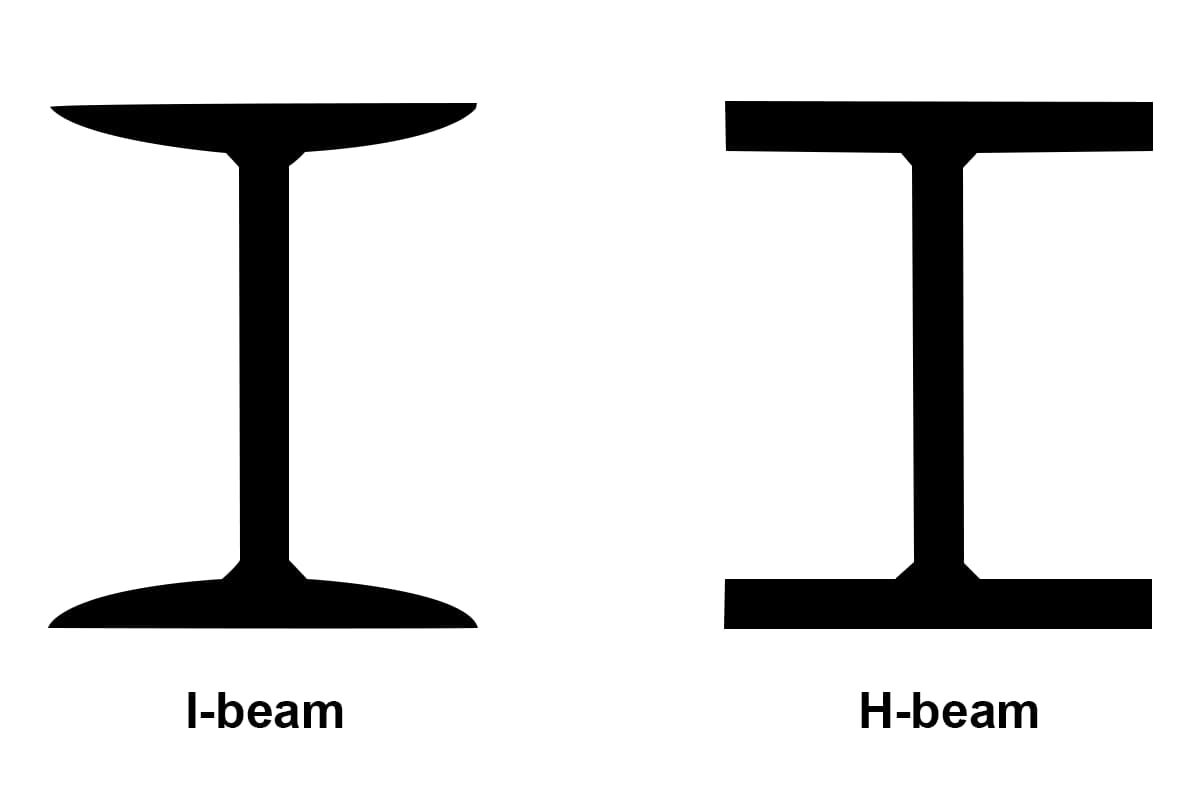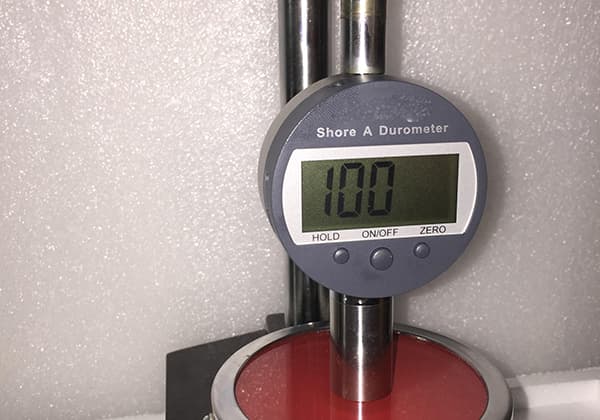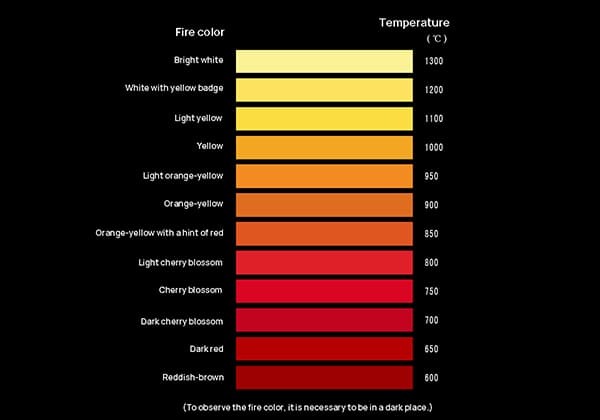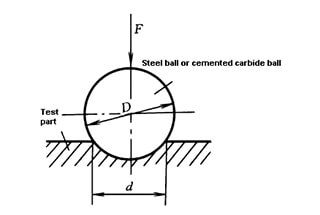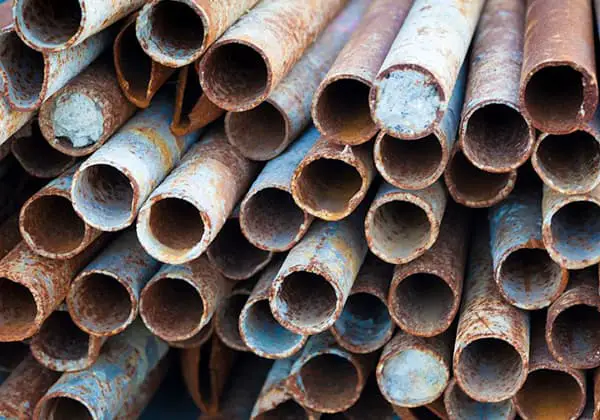
Why do high-temperature components like steam turbines and boilers fail prematurely? The answer lies in the complex interplay of creep and fatigue. This article explores various methods to predict the lifespan of equipment operating under extreme conditions, helping engineers ensure safety and reliability. From the Life-Time Fraction Method to advanced neural network models, discover practical approaches to mitigate risks and extend the service life of critical machinery. Dive in to learn how these predictive techniques can safeguard your engineering projects.

In engineering, many structural components, such as steam turbines, boilers, and main steam pipelines in thermal power generation equipment, and high-temperature and high-pressure reaction vessels and pipelines in petrochemical systems, operate under high-temperature conditions for extended periods of time.
These components not only have to withstand normal working stress, but also face additional stress from cyclic stress and rapid fluctuations in temperature over a wide range.
As a result, their lifespan is often impacted by creep fatigue and the interaction between creep and fatigue.
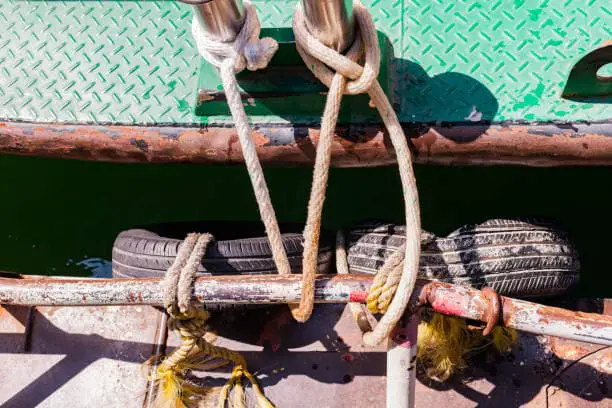
The primary cause of equipment failure under cyclic loading in high temperature environments is fatigue creep interaction. Accurate prediction of its lifespan is essential for the proper selection, design, and safety evaluation of high-temperature equipment.
Both the engineering and academic communities have been concerned about this issue for a long time, resulting in numerous life prediction models proposed by scholars.
In this post, we provide a brief overview of the commonly used methods for estimating the lifespan of equipment impacted by fatigue creep interaction.
The Linear Cumulative Damage Method, also known as the Life-Time Fraction Method, is widely used to estimate the lifespan of equipment affected by fatigue creep interaction.
This method assumes that the damage caused by the interaction of fatigue and creep is the result of the linear accumulation of both fatigue damage and creep damage, as expressed in the following equation:

In the above formula, Nf represents the fatigue life, ni represents the number of fatigue cycles, tr is the time of creep failure, and t is the creep retention time.
The Life-Time Fraction Method simply adds the calculated fatigue damage and creep damage to arrive at the total damage. Although the calculation is straightforward, it requires obtaining test data for both pure creep and pure fatigue under the relevant temperature conditions.
However, this method has limitations as it does not take into account the interaction between fatigue and creep. As a result, its calculation results and accuracy are limited. To address these shortcomings and improve accuracy, researchers have proposed various improved forms of this method.
For example, Xie’s correction formula is as follows:

The amendment proposed by Lagneborg is as follows:

The formula presented above includes the interaction creep damage index (n), the interaction fatigue damage index (1/N), and the interaction coefficients (a and B).
The interaction term is added to the modified expressions, allowing for adjustments to be made to the error between the prediction results of the cumulative damage method and experimental results. This results in a significant improvement in the reliability of the prediction results.
Currently, most of the fatigue creep life estimation methods used in engineering are based on the strain control mode. One such method is the Frequency Correction Method, which was proposed by Coffin.
It is believed that the primary cause of damage in low-cycle fatigue is plastic strain.
Eckel proposed the following formula on this basis:

Where: tf is the failure time, K is the temperature dependent material constant, ϑ is the frequency, ∆εp is the range of plastic strain.
By incorporating the above formula into the Manson Coffin formula, an expression that takes frequency correction into account can be derived as follows:

The Frequency Separation Method is another improvement of the Frequency Correction Method. This method assumes that the cause of fatigue damage is inelastic strain and takes into account the effect of the holding time on the lifespan under high temperatures.
It introduces the concepts of tensile holding frequency and compression holding frequency, and expresses the fatigue life as an exponential function of inelastic strain and holding frequency. This approach highlights the impact of loading frequency on the fatigue life more effectively.
As follows:

Wherein, ϑC is the frequency of the compression carrier, ϑt is the frequency of tensile load retaining, ∆εin is the inelastic strain.
Both the Frequency Correction Method and the Frequency Separation Method are based on a fatigue life estimation model, but they effectively incorporate the loading frequency to take creep into account in the fatigue life estimation model. This makes the new models suitable for estimating the lifespan of fatigue creep interaction.
The strain range division method was proposed by Manson and is based on the idea that, even if the amount of strain is the same, the damage caused by time-dependent and time-independent strains is not equal.
Taking into account the interaction between creep and fatigue, the inelastic strain range in a stress-strain cycle is divided into two components: pure mechanical strain range and time-dependent strain range. The damage caused by each component is then determined based on its unique qualities, and the total damage is calculated by summing the damage from each component.
Which has the following expression, Cij, βij is the material constant.


The strain range division method is widely used in the field, but it requires different types of cyclic test data to be effective. The strain energy division method is built upon the foundation of the strain range division method, and it establishes a relationship between the strain energy of each strain and the life of the material.

Where, Cij ,βij is the material constant determined by the test;
∆Uij is the strain energy;
αij is tensile strain energy and rectangular area σmax∆εP.
According to the linear cumulative damage method, the following life estimation formula is obtained, and Fij is the weight coefficient.


Dong Zhaoqin and he Jinrui used the frequency separation method to modify the relationship between strain energy and life, called SEFS method, and obtained the following expression, where C, β, m, K is a constant.

The strain range division method and the strain energy division method need a large number of reliable test data as the basis, and many material parameters and mechanical variables need to be considered.
Therefore, it is a long-term work to use this method for life estimation.
In the strain control mode, the interaction of creep and fatigue over a long period of time results in increased stress relaxation. Stress relaxation and creep effect are the primary factors contributing to the reduced creep fatigue life under extended periods.
With this in mind, Nam Soo Woo and colleagues introduced the concept of stress relaxation range into their creep fatigue life prediction model.
The normalized life prediction method is derived based on the relationship between life and holding time, and the relationship between holding time and stress relaxation range, as follows:

Among, Φ, f is the material constant.
The stress relaxation range, being a function of factors such as holding time, initial stress, strain level, temperature, and others, enables the above formula to predict life under varying holding times, waveforms, and strain ranges. The Coffin-Manson curve obtained under different conditions can be normalized to produce a primary curve.
The stress relaxation range approach is appropriate for predicting the life of fatigue creep interaction in the strain control mode.
The method for estimating the fatigue creep life of ductile materials is based on the theory of ductile depletion.
As per this theory, fatigue and creep cause damage to components through viscous flow. Fatigue leads to the reduction of intracrystalline ductility, while creep contributes to the reduction of grain boundary ductility. These two processes accumulate and compound over time until they reach a critical value, leading to failure of the material.
Goswami has conducted extensive research on the interaction between fatigue and creep in Cr Mo steel and has proposed a new model for predicting the life of ductile materials under these conditions.

Where Δσ is the stress range, ΔεP is the plastic strain range, Δεt is the total strain range, ε is the strain rate, Δσs is the saturated stress at half-life, and K, A, m, and n are material constants.
This model is based on the concepts of strain control mode, strain rate, and viscous flow, and is suitable for predicting the life of Cr Mo Steel under the combined effects of fatigue and creep under strain control and plastic strain dominance.
In addition to the ductility depletion model, there are two other methods for estimating fatigue creep life: the stress control mode based fatigue creep life estimation method and the average strain rate estimation model.
The ductility depletion model, on the other hand, is more appropriate for the stress control mode and can comprehensively reflect the impact of factors such as stress ratio, loading rate, holding time, average strain rate, and others on component life, resulting in high prediction accuracy.
Nam Soo Woo and his team introduced a new damage parameter that is based on the nucleation and growth of creep holes in austenitic stainless steel.
This damage parameter has been proven to effectively describe the damage of materials that have grain boundary creep holes.
To implement this method, it is necessary to have micro-level information such as the pore area, grain boundary thickness, grain boundary diffusivity, and atomic volume of creep.
The idea of damage mechanics was first introduced by Kachanov and later developed by Lemaitre and colleagues, who applied it to predict the fatigue life and creep behavior of materials.
Classical damage theory states that the damage variable D represents the reduction in the effective bearing area of a material due to the formation and growth of microcracks and micro voids. As these microcracks and voids expand, the cross-sectional area of the specimen decreases, leading to a decrease in the effective bearing area (a *), and an increase in stress.
Based on the definition of damage mechanics, it can be concluded that the total damage can be expressed as the sum of fatigue damage and creep damage increments.

The expression for fatigue damage increment and creep damage increment is based on the Lemaitre model. The specific form of the fatigue-creep interaction damage increment is as follows:

The above formula demonstrates that the damage accumulation described by the damage mechanics model is non-linear and takes into account the interaction between fatigue and creep.
In addition to the Lemaitre damage model, Shang and colleagues developed a non-linear uniaxial fatigue damage accumulation model based on the Chaboche continuous fatigue damage theory. This model takes into account the interdependence of fatigue limit, average stress, damage variable, and loading parameters, as well as the impact of the loading sequence.
Jing and colleagues presented a non-linear continuous damage mechanics model for the creep-fatigue life of steam turbine rotors. This model considers the influence of complex multiaxial stress and the interaction between fatigue and creep, and includes the non-linear evolution of damage.
Fracture mechanics is divided into two stages of life prediction: crack formation and crack propagation.
Since the 1970s, many scholars have proposed the use of the C* integral to describe the local stress field and strain rate field at the crack apex of an object under creep conditions at any given time.
The C* integral is also referred to as the creep fracture parameter, making the measurement and calculation of C* integral a crucial research direction in the method of estimating fatigue creep life.
Chapuliot, Curtit et al. presented an experimental method to determine the C* parameter of a surface crack in a plate subjected to bending moment and derived the calculation formula for C*.
Fookes and Smith have experimentally demonstrated that the total displacement rate can be used to determine the parameters.
Yatomi et al. proposed determining the parameters through the use of the numerically calculated creep load line displacement rate.
Goswami is a representative of multivariate statistical methods and he proposed a general formula for predicting the fatigue creep life of high-temperature materials based on extensive experimental data.
He also provided the basic formulas for the prediction of fatigue creep life of Cr Mo steel, stainless steel, and alloy steel containing tin, titanium, and other materials.
A Neural Network (ANN) is a sophisticated nonlinear analysis tool that has been developed in recent years. It is capable of approaching any complex nonlinear relationship effectively.
One of the most significant advantages of Neural Networks is their ability to find solutions in uncertain systems and variable relationships.
Currently, many researchers have applied Neural Network techniques to predict the fatigue creep life of materials.
For instance, Venkatech et al. proposed a back propagation Neural Network method to predict the fatigue creep life of materials at a melting point of (0.7 to 0.8).
Similarly, Srinivasan et al. utilized Neural Network techniques to predict the life of 316L (N) stainless steel under fatigue creep interaction.
In 2013, Wang et al. proposed the creation of a new type of adaptive network for creep fracture life prediction. This network has a four-layer structure system and can accurately predict the creep fracture life of 9-12% chromium ferritic steel.
The results indicate that this method is more accurate than the Larsen Miller parameter method and more effective than the Back Propagation Neural Network.
Many existing models for predicting the fatigue creep interaction life require a vast amount of diverse test data. Additionally, the models that are based on strain control are often difficult to apply and cannot be used for stress control.
Jiang et al. have developed a new fatigue creep interaction life prediction model based on the principles of energy and momentum conservation, which reflect the motion of the system. The aim of this new model is to have a stronger theoretical foundation and a more straightforward expression, and it can be used for fatigue creep interaction under stress control.
The expression is:

The formula used to predict the life of fatigue creep interaction has a clear physical meaning and is applicable to both strain-controlled and stress-controlled modes. The necessary test parameters are easily obtainable and the number is limited.
To verify the accuracy of the model, Jiang et al. conducted stress-controlled trapezoidal wave loading tests on smooth specimens made of 1.25Cr0.5Mo steel at temperatures of 540°C and 520°C. They used the model to predict the fatigue creep interaction life under these two temperature environments.
The predicted results were found to be in good agreement with the actual results.
Zhao proposed a Service Condition Creep Property Interference Model (SCRI Model) to predict the reliability of the endurance life of high-temperature materials. The model is based on the Z-parameter method.
By using the Z-parameter method, the dispersion of the endurance strength of high-temperature materials follows a normal distribution. The Monte Carlo method can be used to simulate the dispersion of service conditions caused by fluctuations in service temperature and stress, allowing for a reliability analysis of the endurance life of materials that takes into account the dispersion of performance data and the fluctuations of service conditions.
Liu, H et al. proposed a model for extrapolating creep fracture data based on the dynamic process. The model describes the relationship between stress and fracture time.
The model has a limited number of expression parameters, making the calculation process relatively straightforward. The calculated results are in close agreement with experimental results.
The expression is:

In the model, the Larsen Miller constant (C), the activation energy of the creep process (Q), and the Boltzmann constant (R) are used.
The model improves the accuracy of long-term creep life prediction.
Comparison of the test data for 2.25Cr1.0Mo steel and Ti Al metal composite showed that this evaluation method is more precise than the traditional Larsen Miller Parameter (LMP) method.
This paper presents a summary of the research findings on methods for estimating the fatigue creep life over recent decades.
The linear cumulative damage correction formula takes into account the interaction between fatigue and creep, thereby effectively enhancing the calculation precision.
Methods for life prediction based on damage mechanics and fracture mechanics have a well-established theoretical foundation and can effectively address life prediction problems for complex or defective components.
The frequency correction method, frequency separation method, and strain range division method provide ideal prediction results, whereas the strain energy division method and strain energy frequency correction method yield poor results.
Multivariate statistical and neural network methods are novel approaches to estimating the fatigue creep life.
In particular, the multivariate statistical method can directly predict the life of three types of materials using a basic calculation formula, while the neural network method is used to solve complex or unknown life prediction problems.

